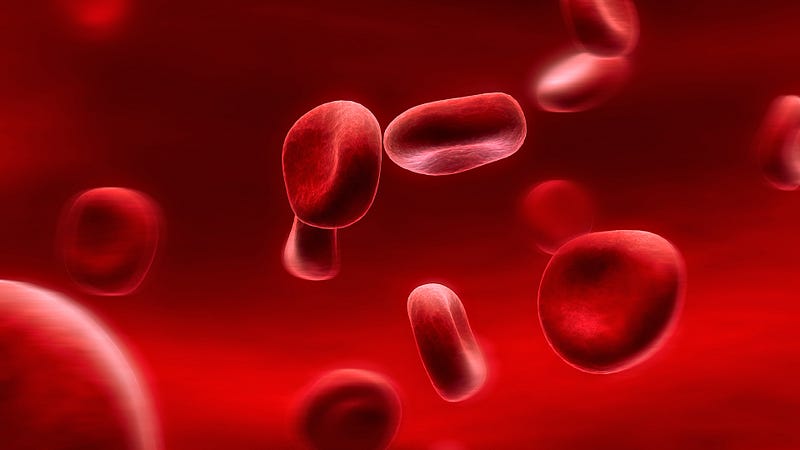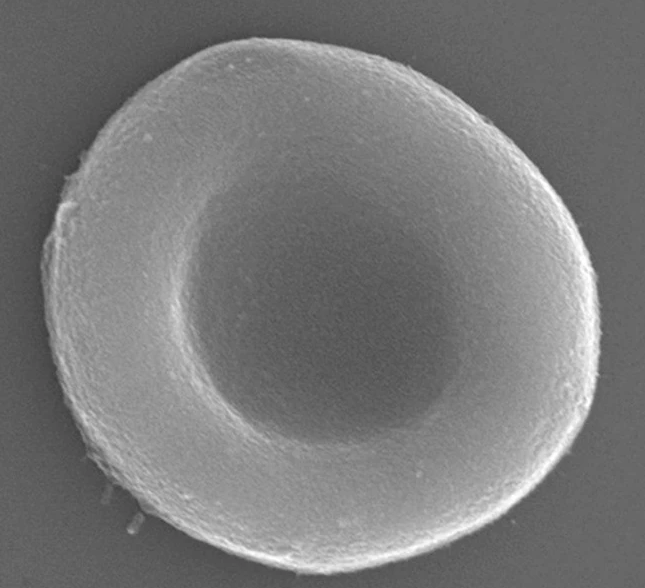Synthetic Red Blood Cells: A New Era in Medicine
Written on
Chapter 1: Introduction to Synthetic Red Blood Cells
Recent advancements have led to the development of synthetic red blood cells (RBCs) that surpass the capabilities of their natural counterparts. Researchers have made significant strides in creating artificial blood that can be utilized by any patient, regardless of blood type, which has promising implications for trauma care.
A collaborative effort by scientists from the University of New Mexico, Sandia National Laboratories, and the South China University of Technology has resulted in these innovative synthetic RBCs. These engineered cells not only transport oxygen throughout the body but also have the ability to deliver medications, detect toxins, and perform additional functions.
Natural RBCs are disc-shaped cells packed with millions of hemoglobin molecules that bind to oxygen. Their flexibility allows them to navigate through narrow capillaries and return to their original shape. They possess surface proteins that enable them to circulate in the bloodstream without being targeted by immune cells.

Section 1.1: The Breakthrough in Synthetic RBCs
Researchers have faced challenges in replicating the complex functions of natural RBCs. However, this team has not only achieved this but has also introduced enhanced capabilities such as targeted drug delivery, toxin sensing, and magnetic targeting.
The process began with donated human RBCs, which were treated with a thin silica layer and then coated with alternating layers of positively and negatively charged polymers. After the silica was removed, the surface was covered with natural RBC membranes. This meticulous process resulted in synthetic RBCs that mimic the size, shape, charge, and surface proteins of natural cells.
The researchers demonstrated the flexibility of these synthetic cells by successfully navigating them through narrow gaps in model capillaries. Animal testing on mice showed no toxic side effects even after 48 hours of circulation.
Subsection 1.1.1: Versatile Applications
In various experiments, the team filled these synthetic RBCs with hemoglobin, anticancer drugs, toxin sensors, or magnetic nanoparticles to showcase their ability to carry diverse cargo. Furthermore, these cells can act as decoys against bacterial toxins, opening new avenues for medical intervention.
Researchers anticipate further developments for potential applications in cancer treatment and toxin biosensing.


Chapter 2: Future Prospects and Research
Explore the potential of synthetic red blood cells in revolutionizing medical treatments in this insightful video: "Can Science Replace Blood Transfusions?".
Discover how scientists are growing billions of blood cells in the lab and its implications for healthcare in this engaging video: "Scientists are Growing Billions of Blood Cells in the Lab | Health | WIRED".

In conclusion, the research published in the Journal ACS Nano marks a significant milestone in the field of synthetic biology, opening doors for advanced medical applications and innovative therapies.

Stay updated with essential advancements in the field by subscribing to our mailing list.